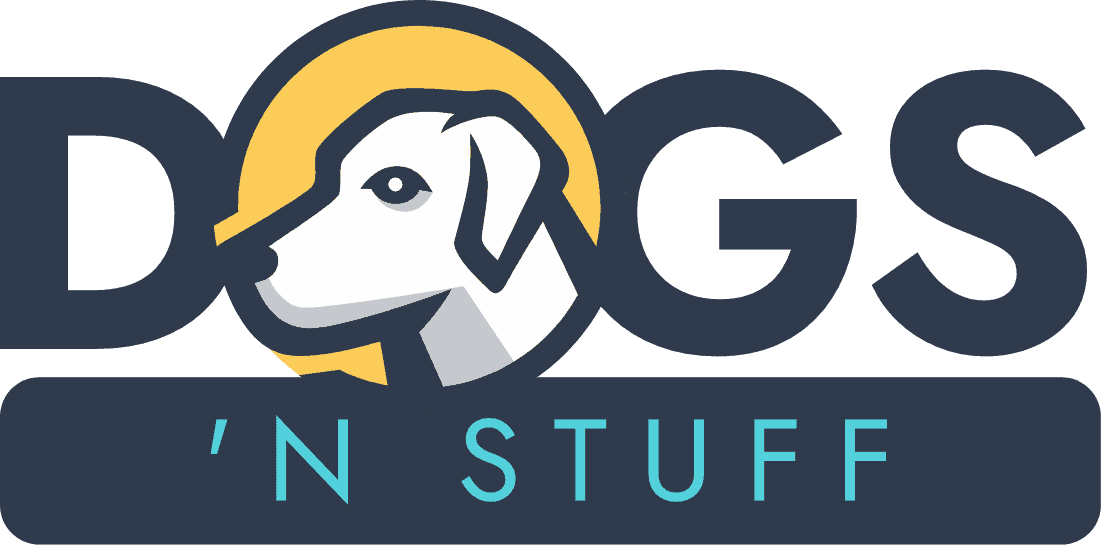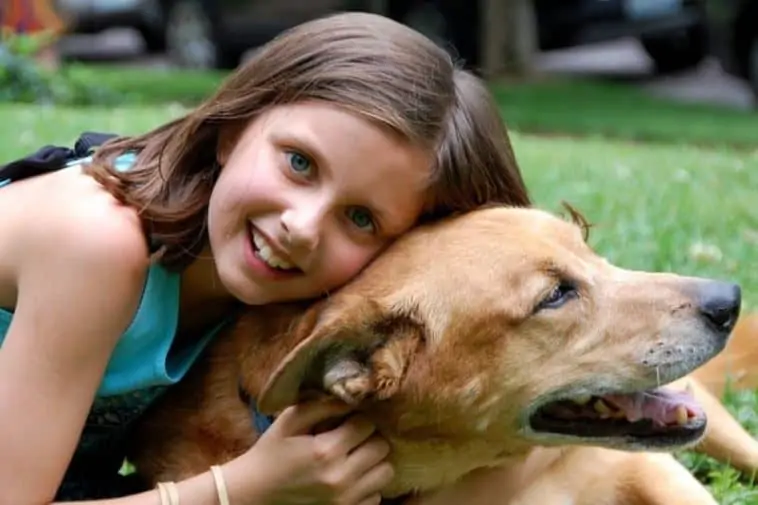Anybody that cares for a dog will tell you that just like people, each dog has their own unique personality, and that they experience many emotions just like humans and other animals do. While they may not have higher emotions such as spite or shame, they do have a wide range of other basic emotions, such as happiness, fear, and relief.
Understanding the different types of body language a dog displays, can help you and your dog recognize their what they are trying to tell you in any given situation, which will help deepen the beloved bond between you.
This article will help you understand how to read dog body language and avoid common mistakes in interpreting this precious signals.
Table of Contents
How to read dog body language: Happiness
Happiness is one of the most common and easiest emotions to spot in a dog. When a dog is happy, their mouth and eyes look relaxed. Their tongue may flop out a little, and they will likely pant.
Panting in a gentle manner is different from when a dog pants because they are feeling ill or too hot. If your dog is not panting in an even and relaxed manner, they may not be happy, they may actually be too hot or feeling unwell.
When dogs are happy, they also famously wag their tail. Sometimes, they may be so happy, they move their tail with such force that their back legs may shake a little! A happy dog moves in a relaxed way and they often wriggle around on their backs, encouraging you to play with them.
Anxiety
An anxious will likely avoid eye-contact, and their eyes may be widened or narrowed. Their forehead might be wrinkled in tension, and if they hear something that concerns them, their ears will be held back slightly, as they listen about for possible clues of danger. If they have long, pendulous ears, they may hold them closer to their head than usual.
Their mouth will usually be closed but if open, their lips tense and they may lick them and yawn nervously, even though they are not hungry or tired. Anxious dogs sometimes wag their tails, especially in new or challenging situations, so be careful not to misread anxiety as excitement.
Fear
A dog that is afraid displays obvious body language, although different dogs do have varying levels of response to fear. Some dogs will attempt to make themselves look small, others may roll on their back whilst remaining very stiff, some may stand quite still, while others will loudly bark or growl.
Their will often look wide-eyed, shooting quick sideways glances at whatever it is that is frightening them. Ears will be held flat against their head, their lips will be tense, and tails are usually kept low or tucked between their legs. As with anxiety, they may yawn, and they will likely be too afraid to focus on anything other than the thing they fear.
Relief
When a dog is relieved, it is usually easy to spot. This is because relief often follows a period of fear or anxiety. Despite common misconceptions, dogs can experience worry. When they become relaxed again, their body will lose the stiff tension they have been holding in, you should be able to see this in their face too.
Some dogs may shake their bodies, while others will stretch out. Occasionally, a dog may bounce around like they are fill of energy, while others may yawn. All these actions are undertaken to help them release the tension that has been built up during the preceding negative period.
Anger
Angry dogs will attempt to make themselves look as large as possible, to appear intimidating to a perceived threat. They will stiffen their body, and their eyes will be kept in a hard, unblinking stare. Ears will be flattened, and their fur may even stand on end.
Their muzzle and nose area will be wrinkled, as they draw open their mouth to bare their teeth. They will adopt a forward leaning stance, putting their weight on their front legs; ready to lunge in an attack. They may remain silent or make a low and threatening growl.
Give your dog time to calm down if they are angry, don’t shout at them or make sudden movements. Slowly remove yourself from the situation and give them the space they need to return to a more relaxed state.

